With a Lot of Help, Chinook Salmon Return to the San Joaquin River
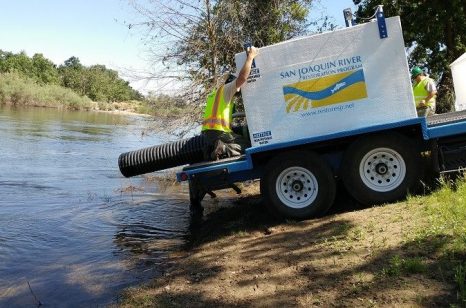
In California’s Central Valley, dusty dry riverbeds fill with water that for decades has been diverted for farmers and cities. Hatchery-reared salmon – bred with taxpayer funds – are being reintroduced in hopes of rebooting ancient populations that disappeared in the 1940s, casualties of California’s ceaseless search for new water sources. The San Joaquin River, the state’s second largest, is primed for its comeback. After the Sacramento River, the San Joaquin is California’s most important river. It provides some of the state’s largest agricultural operations with water as it stretches north from Fresno before finally emptying into the Sacramento-San Joaquin River Delta – the source of drinking water for an estimated 25 million Californians. The process of damming, diverting and plumbing the 366-mile river for irrigation and urban water use leaves main portions of the river dry during parts of the year. Following the opening of Friant Dam in 1942, entrepreneurs gobbled up the river’s fertile wetlands and replaced them with crops and gravel mining operations. The dam was a boon to the already prospering agricultural region. But as water-intensive crops like almonds and pistachios went in, the native Chinook salmon disappeared. click here to read the article 17:25


































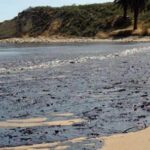
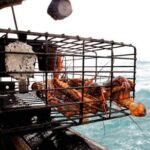
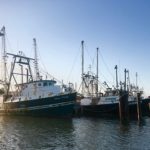
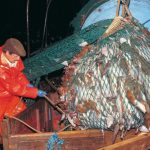
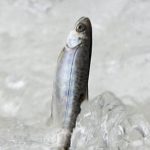
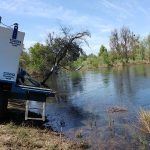
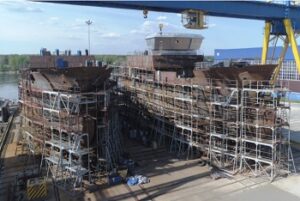


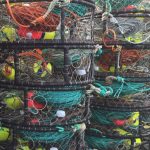
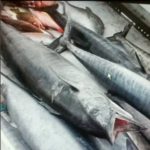

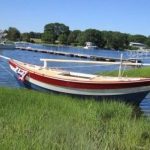


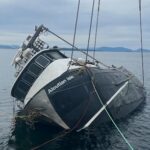



Leave a Reply